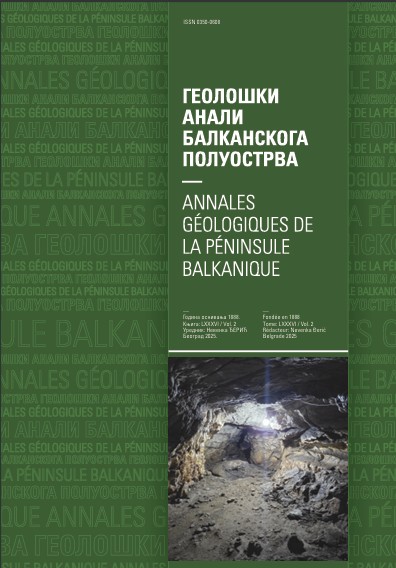Pollen analyses of Pleistocene hyaena coprolites from Montenegro and Serbia
Abstract
The results of pollen analyses of hyaena coprolites from the Early Pleistocene cave of Trlica in northern Montenegro and the Late Pleistocene cave of Baranica in southeast Serbia are described. The Early Pleistocene Pachycrocuta brevirostris, and the Late Pleistocene Crocuta spelaea are coprolite-producing species. Although the pollen concentration was rather low, the presented analyses add considerably to the much-needed knowledge of the vegetation of the central Balkans during the Pleistocene. Pollen extracted from a coprolite from the Baranica cave indicates an open landscape with the presence of steppe taxa, which is in accordance with the recorded conditions and faunal remains. Pollen analysis of the Early Pleistocene samples from Trlica indicate fresh and temperate humid climatic conditions, as well as the co-existence of several biotopes which formed a mosaic landscape in the vicinity of the cave.
Copyright (c) 2007 Geološki anali Balkanskoga poluostrva

This work is licensed under a Creative Commons Attribution 4.0 International License.










